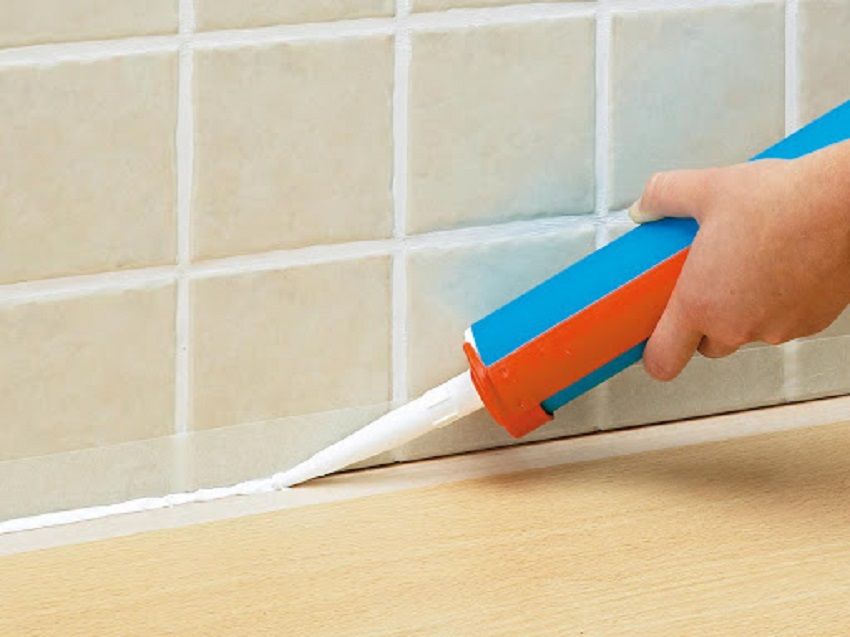
How Long Does Caulk Take to Dry? Quick Drying Tricks
Caulk is one of the most used tools in DIY. The properties of this product make it very versatile in housework and its uses are varied although its function is exclusively that of sealant. The first step to take to make the most of caulk is to understand that this tool is not to be used as glue. For example, it is used more than anything else to create an insulating layer.
How long does caulk take to dry?
As we said above, caulk adapts well to various types of functions and is one of the inevitable tools inside the toolbox of those who love DIY. Even if its main function is not that of glue, the caulk layer adheres and sticks to the part to be insulated in an almost permanent way, thus offering a protective layer depending on the type of insulation to be produced.
This reason gives rise to the different types of caulk depending on the uses. That is, if you want to isolate the cavities of a shower from water, you can use a type of caulk that is more suitable for this type of work, while, if you want to create a thickness between the fixtures of a window, you can use another type.
Regardless of the type of use, the drying times of the caulk are very important to ensure that the work is performed perfectly. Often these vary depending on the brand, type and functionality of the caulk itself, so you need to read the instructions on the packaging of the product you purchased very carefully. In any case, the times for drying the caulk are between 16 to 24 hours.
Quickly dry the caulk
As we well know, compared to other products, caulk is not a substance whose primary purpose is to glue objects but to seal and insulate.
Use a fan
An important aspect of caulk is also to resist high temperatures, which makes it an ideal choice for applications that are exposed to high heat. The same heat, but moderate, is what will allow you to dry it quickly. But remember that all this affects various factors, such as temperature, humidity and thickness. Do not despair, however, because there are various ways to speed up this process and then quickly dry the silicone. Know that one of the easiest ways to quickly dry the caulk is to use a fan, even with hot air about 15 cm away.
Also, use drying catalysts
If the sealant is exposed to high temperatures in the polymerization phase, there may be some negative effects, while a jet of warm-warm air is fine, as happens for example with the hairdryer. Do not worry if the caulk takes on a shiny appearance because you just need to check the drying by touching it lightly with a finger. You can also use drying catalysts which are readily available in hardware stores or DIY. Then there is the mixing that will allow you to dry the caulk much faster than normal since the polymerization process is accelerated. You will reduce the drying time by mixing the distilled water with a small part of the product.
Mix well
Then you will have to add a quantity of water equal to one teaspoon, for every half kilo of product. Mix the mixture to anticipate the hardening and apply it directly on the silicone. Use the caulk tube carefully and also avoid storage in environments with high temperatures. In too hot environments, the caulk tube tends to overheat the product inside, causing it to melt and lengthen. In doing so, the drying times of the caulk would increase a lot. Now, check the expiry date and avoid applying caulk on surfaces that are not completely dry.
Leave the ends open for a few hours to facilitate drying. Caulk is an excellent adhesive and is a versatile product that is suitable for use in various applications. Keep in mind that drying can take different times depending on the quality of the caulk and the environment where it was applied. Finally, it is right to know that its flexibility is maintained even when it is completely dried or hardened.





